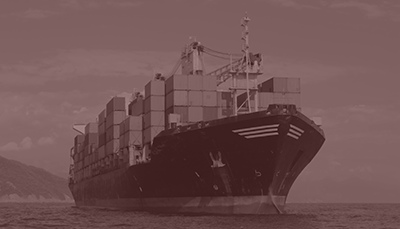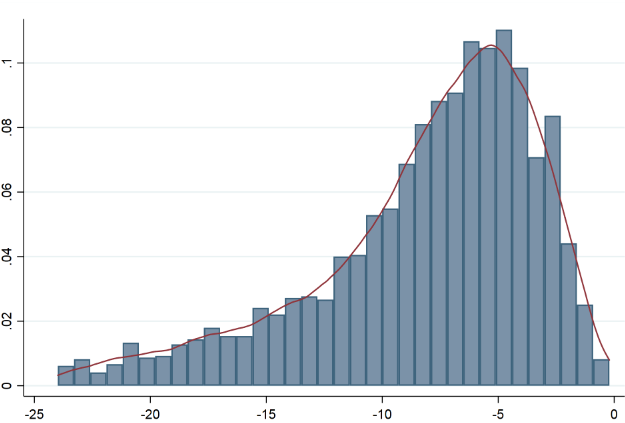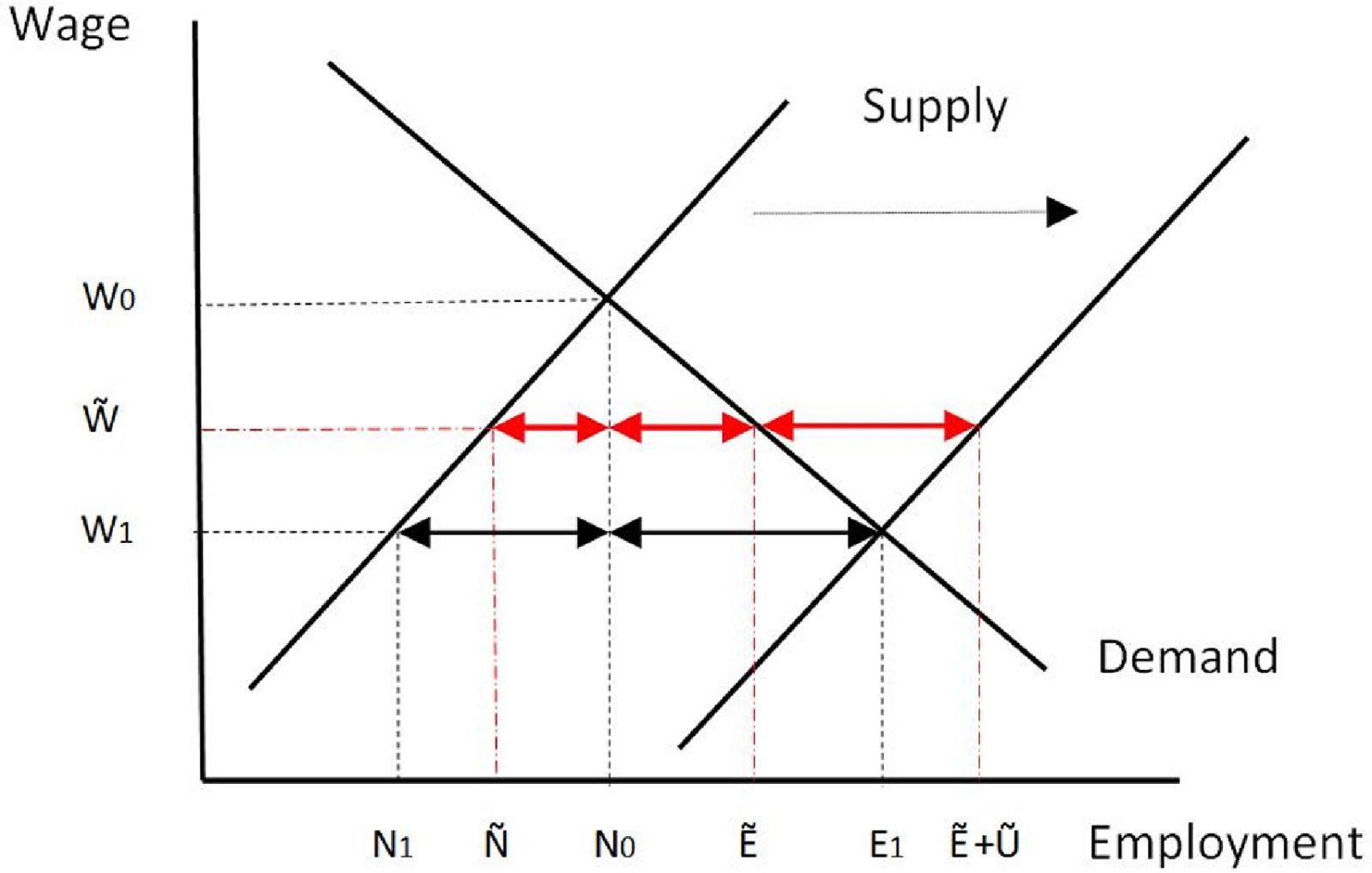Trade elasticity is a crucial parameter in evaluating the welfare impacts of trade liberalization. We estimate trade elasticities at the product level (6-digit of the Harmonized System comprising more than 5,000 product categories) by exploiting the variation in bilateral applied tariffs for each product category for the universe of available country pairs. This is done by constructing a panel of bilateral applied tariffs and bilateral trade covering the period 2001 to 2016. We address potential endogeneity issues as well as heteroskedasticity and selection bias due to zero flows. The obtained trade elasticities are centered around -5. We finally highlight the differences in the gains from trade arising from considering heterogeneous rather than average trade elasticities. All product level elasticities are made publicly available for sake of scrutiny and use by other researchers. Lionel Fontagné, Houssein Guimbard & Gianluca Orefice >>> |
- Product-Level Trade Elasticities
Lionel Fontagné, Houssein Guimbard, Gianluca Orefice - Are Your Labor Shares Set in Beijing? The View through the Lens of Global Value Chains
Ariell Reshef, Gianluca Santoni
- International Economics
N°160 - Q4 2019
- Journal of the European Economic Association
The Impact of Immigration on Wage Dynamics: Evidence from the Algerian Independence War
Anthony Edo - Labour Economics
Minimum wages and the labor market effects of immigration
Anthony Edo, Hillel Rapoport - Regional Science and Urban Economics
Migration deflection: The role of Preferential Trade Agreements
Gianluca Orefice, Cosimo Beverelli
The German economic outlook: towards a recession? With Prof. Dr. Timo Wollmershäuser, Head of Business Cycle Analysis and Forecasts, ifo Center for Macroeconomics and Surveys, ?Ifo Institute
January 14, 2020
Workshop Deep FTAs
January 14 - 15, 2020
"The size and characteristics of the unauthorized immigrant population in Europe" with Dr. Mark Hugo Lopez, Director of Global Migration and Demography Research, Pew Research Center
January 15, 2020
China debt restructuring : the beginning of the end? With YAO Wei, Chief Asia & China Economist, Société Générale
February 27, 2020
Theories and Methods in Macroeconomics (T2M) - 24th Conference >> ANNULÉ
March 26 - 27, 2020
|
Minimum wages and the labor market effects of immigration This paper exploits the non-linearity in the level of minimum wages across U.S. States created by the coexistence of federal and state regulations to investigate the labor market effects of immigration. We find that the impact of immigration on the wages and employment of native workers within a given state-skill cell is more negative in States with low minimum wages and for workers with low education and experience. That is, the minimum wage tends to protect native workers from competition induced by low-skill immigration. The results are robust to instrumenting immigration and state effective minimum wages, and to implementing a difference-in-differences approach comparing States where effective minimum wages are fully determined by the federal minimum wage to States where this is never the case. Anthony Edo & Hillel Rapoport >>> |
- Contact us
- Our other sites
 |
ISSN: 1255-7072
Editorial Director : Antoine BouëtManaging Editor : Dominique Pianelli













